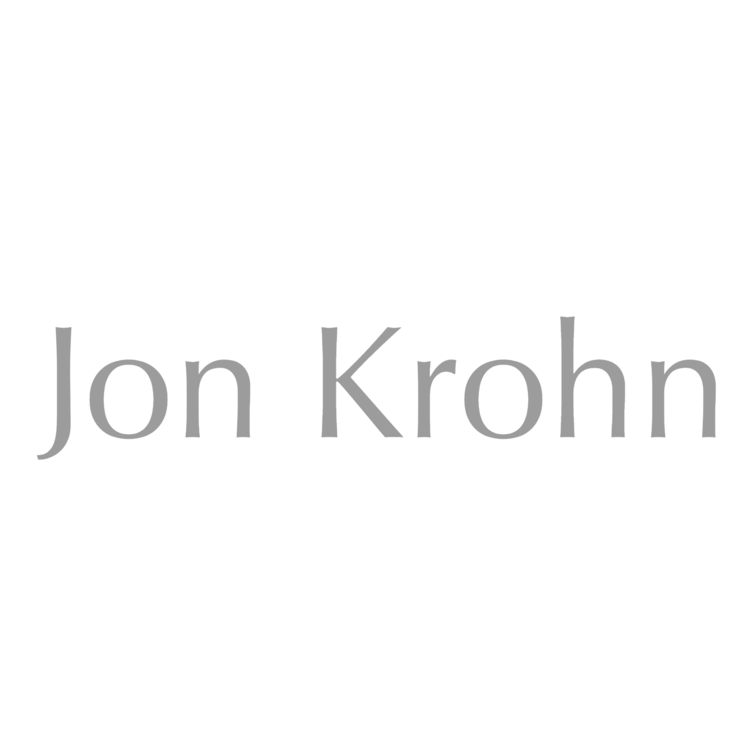Lightning AI makes tons of tools that speed A.I. model dev and deployment, including the wildly popular open-source library PyTorch Lightning. Today, hear from hands-on CTO Dr. Luca Antiga how all the magic happens ⚡️
More on Luca:
CTO of Lightning AI, which (as one of world’s hottest startups developing A.I. tools) have raised over $80m in venture capital.
Is also CTO of OROBIX, an A.I. services company that Luca co-founded 15 years ago.
Holds a PhD in biomedical engineering from Politecnico di Milano… and did his postdoc at the Robarts Research Institute in London, Ontario (coincidentally around the same time I was doing brain-imaging research there).
Today’s episode will probably appeal most to hands-on practitioners like data scientists, software developers and ML engineers, but any tech-savvy professional could find it valuable.
In today’s episode, Luca details:
How Lightning AI's suite of tools (in addition to PyTorch Lightning, this includes Lightning Studios, LitServe and the Thunder Compiler) is making A.I. development faster and easier.
The rise of small language models and their potential to rival LLMs.
His journey from biomedical imaging to deep learning pioneer.
How software developer’s work will be transformed by A.I. in the coming years.
The SuperDataScience podcast is available on all major podcasting platforms, YouTube, and at SuperDataScience.com.
